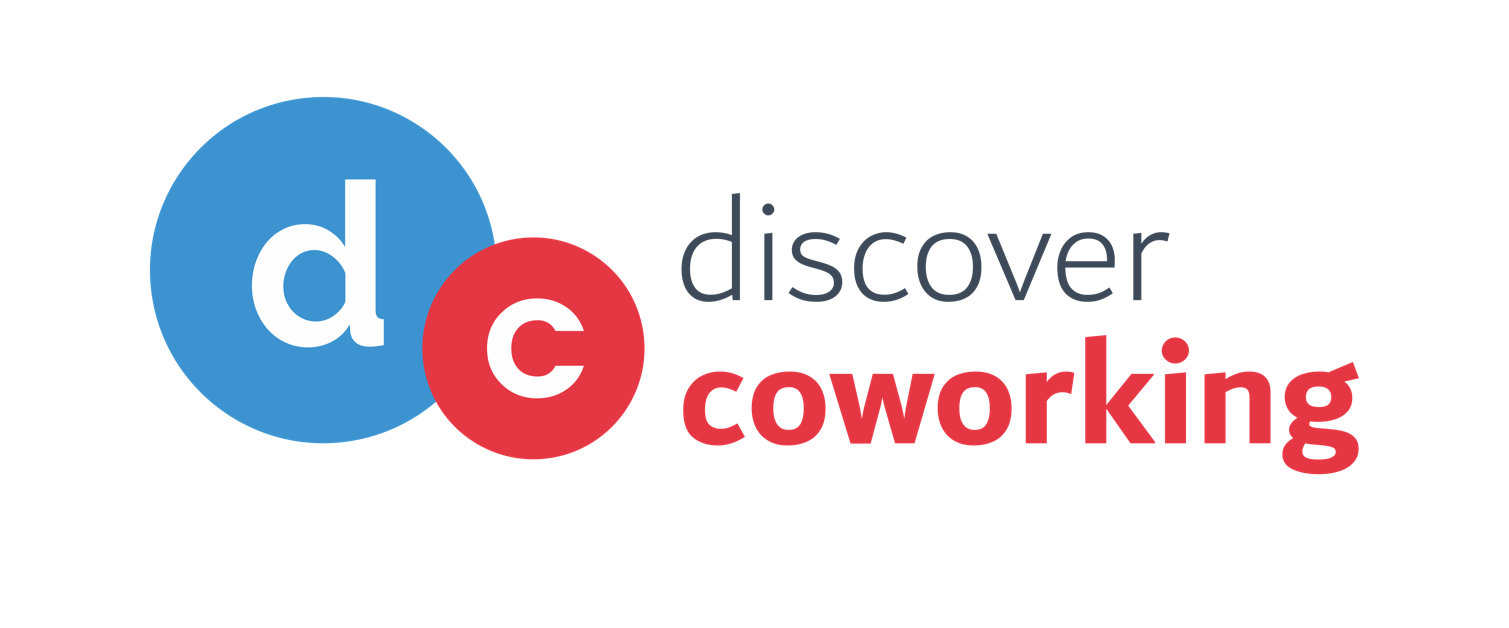The second speaker at the Unconference in CUAsia 2017 was Pieter Levels. He attracted a lot of attention by being able to launch 12 startups in 12 months. He made good on that and better, 2 of the more well-known companies that he started are; NomadList, which ranks cities around the world as being more or less attractive for digital nomads, and RemoteOk which is now the world’s biggest remote only job site. Pieter, also known as ‘a superuser’ in the sense that he has been a member of coworking spaces around the world, changed his topic of discussion at the last minute and addressed the question – What coworking spaces should be doing better?
Pieter created Nomad List, a CD ranking 10,000 cities. He ranked 100 variables per city, such as the cost of living, internet speed, so people elect the future remote work as now they can pick a place to go that is better than their current location. It gets pretty advanced now; you can select if you want to be somewhere in June, where it’s warm, where the internet speed is good, where female safety is good. It has turned into a much more significant site, and even functions as a social platform similar to a chat group for nomads as well. They do meetups around 15 times per year including loads of people. He also built RemoteOk, a remote job site. He aimed to initiate the remote-work revolution.
During his many travels, Pieter has seen and visited many coworking spaces. He feels he can anticipate the needs of nomads and predicted that lots of people would become nomads in the future. He shared that he has a love-hate relationship with coworking, and elaborated, “As you join a coworking space, the first few days you work a lot. Then you start meeting people, and you make new friends; eventually, they keep greeting you and interrupting your work, then coworking space becomes a co-talking space.” For him primarily, coworking is all about working and then comes community, he reiterates,“It is a coworking space, not a co-community space.”
When Pieter poses the following questions to founders and operators of coworking spaces, he is confused by their lack of openness to share information – What’s with the business? How does your business model work?How much money do you make? So, he started doing his research on Google and found out that only 40%of coworking spaces are profitable. It’s a tough business because it is a low margin business. For example, if you have a high volume high margin business, you have a lot of customers, and you make a lot of money with a lot of profit margin. If you have a low volume low margin business, you have few customers and earn small profits. Asia has high volume low margin business; the profit margin is a few percent, but since they have a lot of customers they are still profitable, Luxury brands obviously have low volume since not many people have to buy them, but the profit margin is very high, so it is still profitable. Coworking space is unfortunately low volume and low margin, they don’t make a lot of money, and for many of them, it’s more about building a community.
Coworking spaces face challenges when they consider expanding and are presented with few options. Option one is venture capitalist funding, although Pieter does not seem to sure of this concept as coworking spaces and venture capitalist company, both require different skills set.
The second option is ‘government.’ He gave a further explanation using his town as an example; “In my town there are 200,000 people, old shopping streets are now empty. What if the city or national government were to step in and convert the empty shops into coworking spaces for citizens. It could be awesome; if I were to work for a company in Amsterdam, or London or New York, I could work remotely and earn a few thousand dollars a month. This way you can increase spending in your local community by working remotely from coworking spaces the city provides.”
Third, if you are in a real business, then you must think about how to increase profit margins. For example, Dojo Bali, a coworking space in Bali, Indonesia provides the following services – they have a coffee bar, good food, post boxes, and even visa services to help you get a work permit or stay as a tourist longer. The idea is to anticipate the needs of your members and providing a variety of in-house services in one location, thus generating a higher profit margin.
The fourth option he referred to is vertical integration. It is the combination of two or more stages of production in one company. As an example, he shared an experience he had in Tokyo, where he stayed in this seven stories building. It had everything – spa, social place, ramen store and even an entire floor dedicated to massages. He was able to work, relax, meet friendly people and eat. Everything he needed was in one building. The idea is to take money from every transaction to make more money.
Although it might be expensive to put everything in one building, you could save a lot of money by automating some aspects of your service. A fitting way for Pieter to end the session was by providing data supporting his concept, “I calculated as to how awesome it would be for you to be vertically integrated. Before you were making 30,000 dollars a month in revenue, if you have let’s say, 250 members, each spending 150 dollars, then the profit margin is very low. However, as a vertically integrated space, you will generate 250,000 dollars a month in revenue, and your profit margin will be high. This is the future, and you need to vertically integrate, because coworking has a low margin profit, so you will eventually disappear if you do not do this.”

